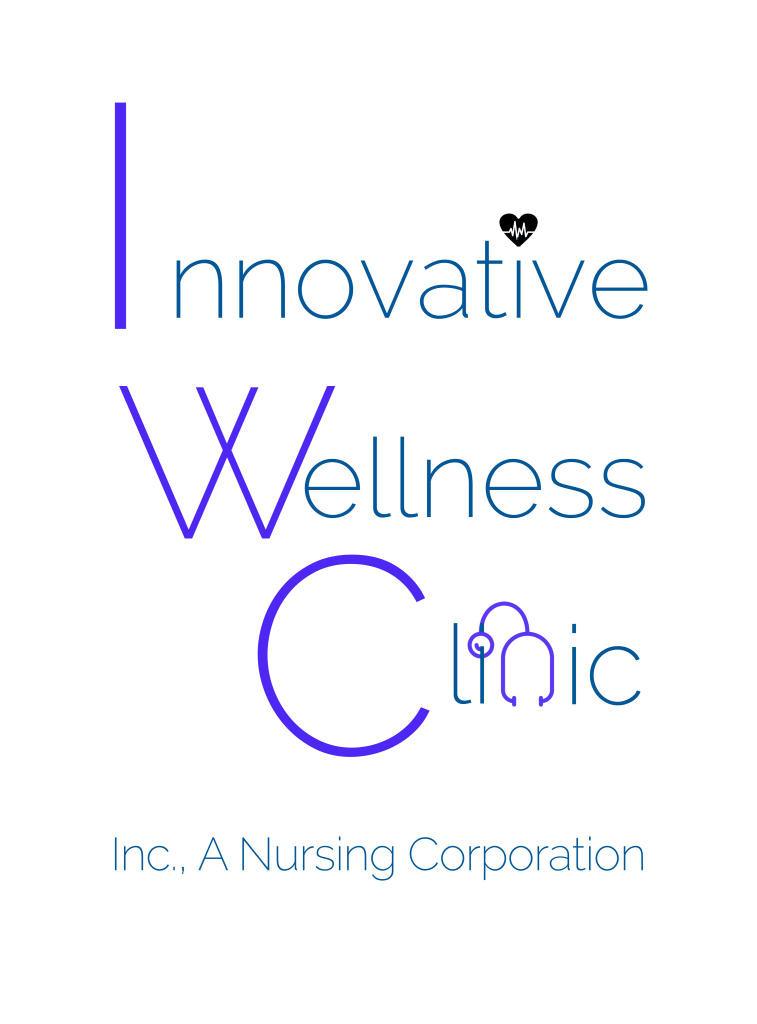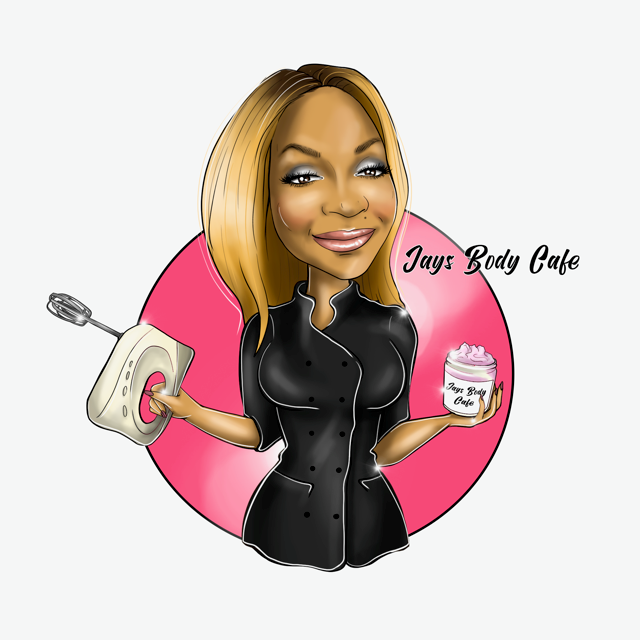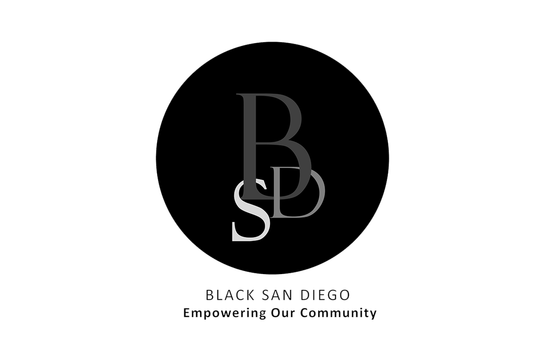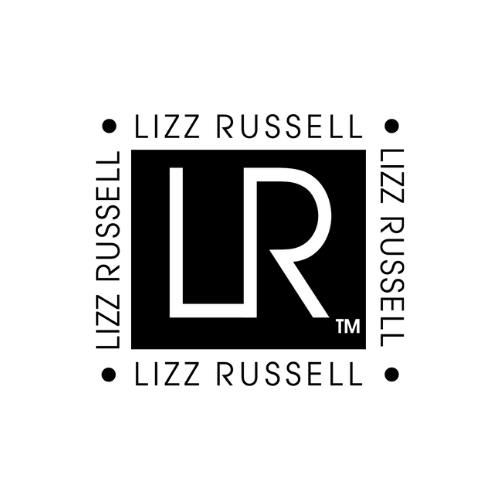
Who are you? Why do you exist? What drives you? The philosophy of existentialism centers on the lived experience of the thinking, feeling, acting individual, and often seeks answers to these questions. It incorporates theories that promote more organic, authentic living, not driven by the external expectations and stereotypes borne of societal convention.
Blah. Blah. Blah.
There is actually a thing called existential marketing. But I’m not into things. I’ve chosen a more organic pathway to my business growth and development. Because sometimes my business grows based on an increase in activity around services I already provide, and sometimes it grows from the relationships I develop with other business owners and customers, and by their changing needs.
And because part of my brand is about rebirth and revival and supporting a family of customers and clients, my offerings switch up from time to time. What I struggle with, and I’m sure others do as well, is making sure my brand identity keeps up with the organic changes that occur within my company, so that I have a chance of building the brand image that I want.
When the connection between identity and image is strong, it’s good. When there’s a delink, it’s bad. When work on my brand stagnates, it’s boring. Let’s dive in.
What goes into brand identity? Well, just about everything. Remember those three questions I started with about who you are, why you exist, and what drives you? Apply those three questions to your business, and you are on your way to understanding essential elements of your own brand.
Brand identity is basically how you want to be perceived by your target audience. It’s made up of what your brand “says”—the look and feel in print or online, the “sound” on social media, the beliefs held by your team, and how you communicate your product to your audience. Essentially, your brand identity is the personality of your business and a promise to your customers.
Several elements create brand identity, from the granular to the lofty:
- Color palette
- Typeface
- Customer service approach
- Social media presence
- Organizational values
The brand identity you create impacts every moment of the customer’s experience with your organization. And your brand image—the actual way in which your customers and target audience perceive you—is largely influenced by your brand identity. You have more control over brand identity, so it is worthwhile to invest time and energy in making sure that your entire operation, tangible and intangible, reflects the image you want to be projected towards your audience, particularly your ideal customer.
So, first things first. Does your brand identity reflect the answers you gave to our opening questions? If your brand is about newness, edginess, the next big thing coming, whatever that is, and your brand color palette is institutional blues and grays, you may be out of sync. If your brand is about fun and quirkiness, but your social media posts are pretty stodgy and traditional, you may need to refresh that approach. If you SAY you value customer service, but it’s incredibly difficult for customers to locate you, contact you, understand what and how to purchase your offerings, or resolve a complaint, you’ve got some work to do.
Those kinds of differences in intention and result are what I call selling tickets to a show you have yet to produce. The poster says a chorus line with a full orchestra and 20 costume changes, and the reality is one tap dancer, a guy playing an upright piano, and a loud jacket. That feeling the theatergoer has, once the curtain rises on the show you produced, rather than the show you advertised, is now your brand image.
The word “now” in this context is important. Brand identity is how you wish to be perceived, and brand image, by contrast, is how you’re actually perceived by customers today. Brand image is not forged in concrete. It is changeable. And it should change if your business is more organic in its growth path. If you’re switching things up internally, your brand identity should follow. And that means your brand image may change. If that is not your intent, you need to rethink your strategy. If a shift in image is part of your desired intent, you need to ensure that the identity you project will meet the need.
I’m a believer that change is almost never a bad thing, as long as you manage it, and don’t let it manage you. Let’s say, you add a line of service that sucks up so much time and energy that you can’t maintain operational support of existing, long-time clients. Was that the intent? Or do you need to phase in the service line so that you can ensure your customer service levels are sustained throughout implementation? Or do you need to communicate to current and existing clients that you are undergoing a change in direction that will have benefits for them, but in the meantime please be patient through the initial implementation? If you are upfront with it and communicate it in a way that’s consistent with your brand image, you will probably keep existing and add new customers and followers.
People purchase based on relationships. I remember when my cable company was the only game in town and their customer service sucked. They were hard to reach, there were long outages without warning or much regret expressed on their part, and the prices grew without any breaks to coincide with breaks in service. Naturally, the moment a new cable and internet service came to town, I jumped. They wanted my business, treated me well, hand-held me through many processes. And now, when I need additional services and they’ve conveyed those services will be online next year and not this year, I’m hesitating. I don’t want the hassle of returning to that other company that takes me for granted, even though they already have the service level that I need. I’m trying to hold on to my current provider because of the relationship they’ve built with me.
Of course, they don’t call me “Petty La-Bell” for no reason. I do hold a consumer grudge. So, as I operate my own business, it’s easy for me to pretend that I’m that customer that wants their needs met, that wants consistency in my service provider, that wants integrity—when they say something will be done, it gets done and I don’t have to chase them down for it.
Because THAT, to me, is The Bad of brand identity. “To thine own self be true” and be true to thine own customers as well.
What if your brand identity ticks all boxes—print, social media tone, internal operations, customer service, values—everything is in order. But you think it lacks spark. You don’t want to change your brand identity to be something you and your company are not. The worst mistake you can make is to chase followers and likes and business by being inauthentic.
However, you can create buzz and chase away brand boredom in a number of ways:
- Educational Content. As a business owner and provider of products and services, you have the expertise of some kind and a point of view. Enhance your credibility with your audience by consistently posting, blogging, or vlogging. If you schedule themed content to be posted on consistent days of the week, your following will look for you. If you’re selling gardening equipment, you might provide tips for gardening or care and maintenance of equipment.
- Storytelling. Telling stories about how your products and services have changed lives, businesses, or communities is another way to stay relevant. It also highlights a customer or partner, which may result in other customers and partners stepping up to be highlighted. Storytelling gives context to the value your business offers. It also shows that you care about your customers, their lives, their needs, and how your products and services fulfill some need in their lives.
- Showing Your Humanity. Does one of your employees have a compelling story they are willing to share and highlight? Does your company volunteer or contribute to a nonprofit with a compelling story? Do you support a cause, like voting access, or a value, like celebrating diversity? Without mentioning anything about your product, when you tell stories, post quotable quotes, and otherwise connect with your audience in ways that reveal and elevate your company values, you are advancing your brand identity and influencing brand image.
Dusty or pointless content is one of the 7 Deadly Sins That Can Kill Your Business. So once you start down this path, make sure you’re consistent with producing new content.
Quick recap: Brand identity is how you wish to be perceived by your target audience. Brand image is how you’re actually perceived today by your desired audience. Your brand identity requires attention. It needs updating and maintenance, to ensure it remains relevant and authentic, and that your identity doesn’t suffer from brand boredom.
Brand identity is in your control. Brand image is not. You should place energy into nurturing and maintaining your identity to influence how your business is perceived. CSD Marketing and Consulting can help with brand management and strategy, as well as social media optimization, including audits, social listening, content calendars, and content development. Connect with a strategist today, and we will work with you to make sure it’s all good!























